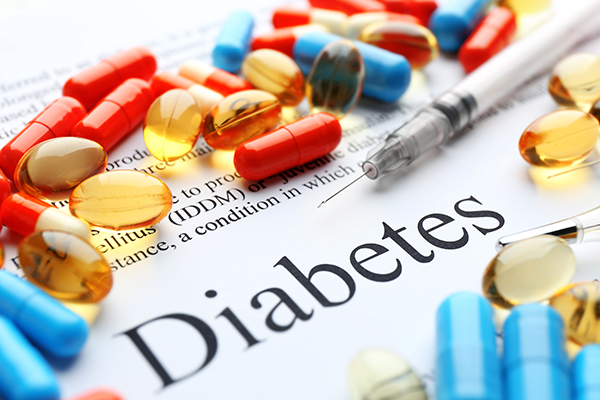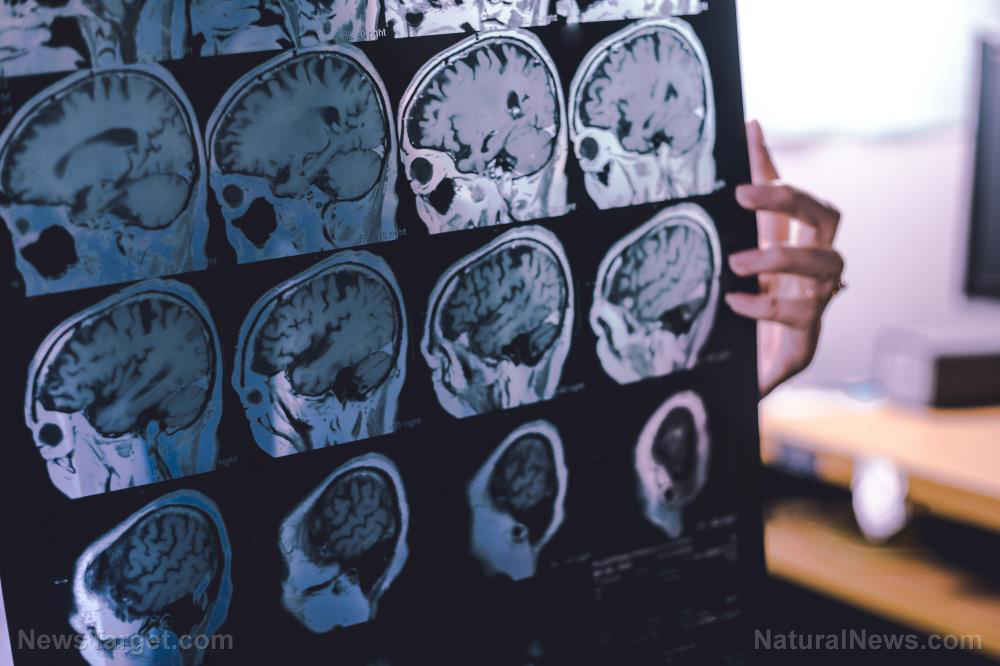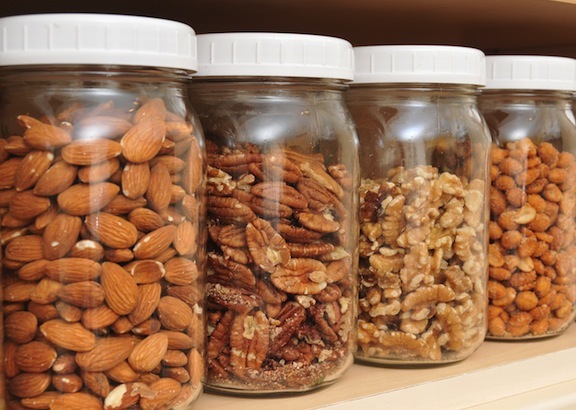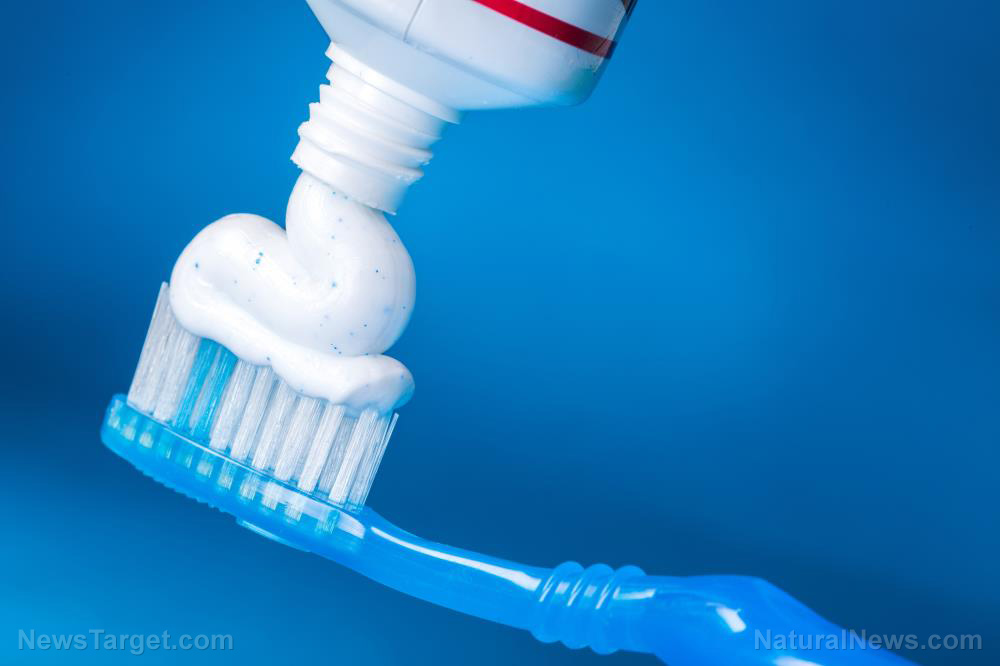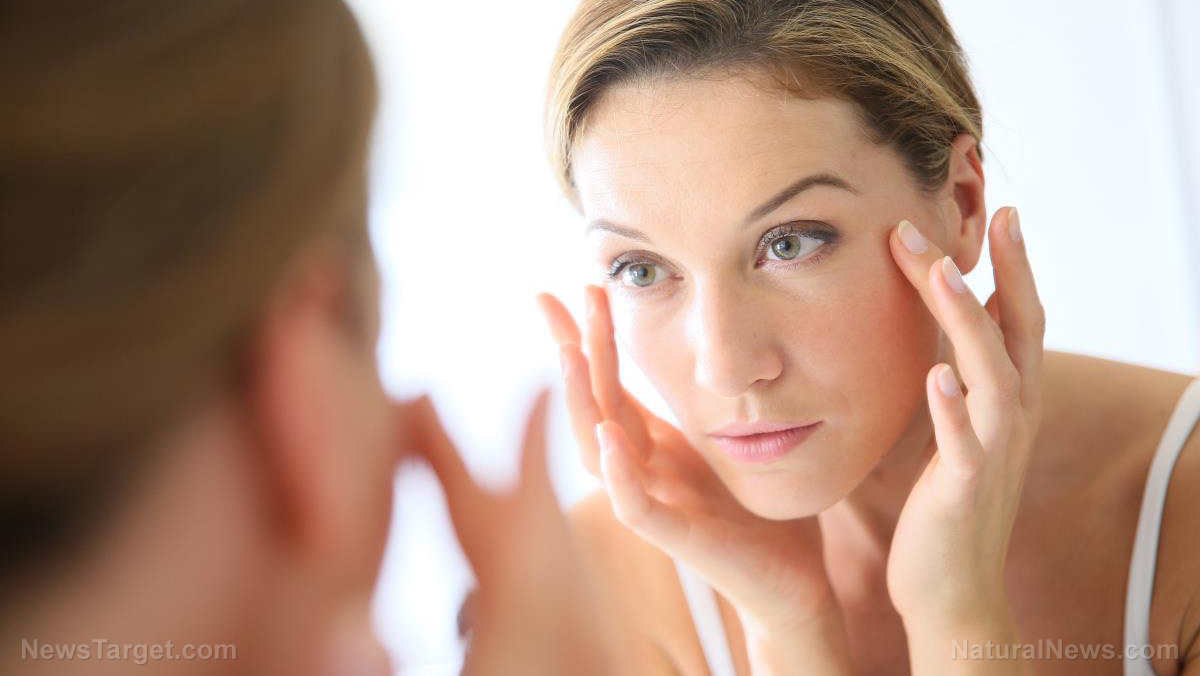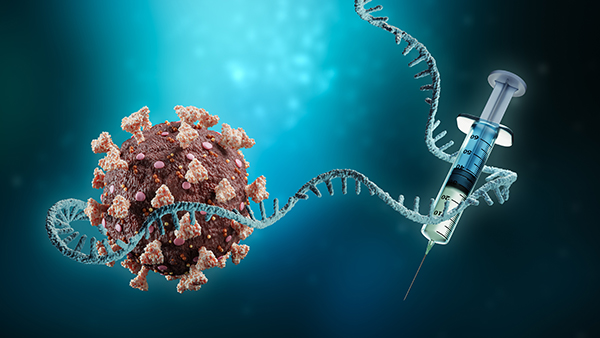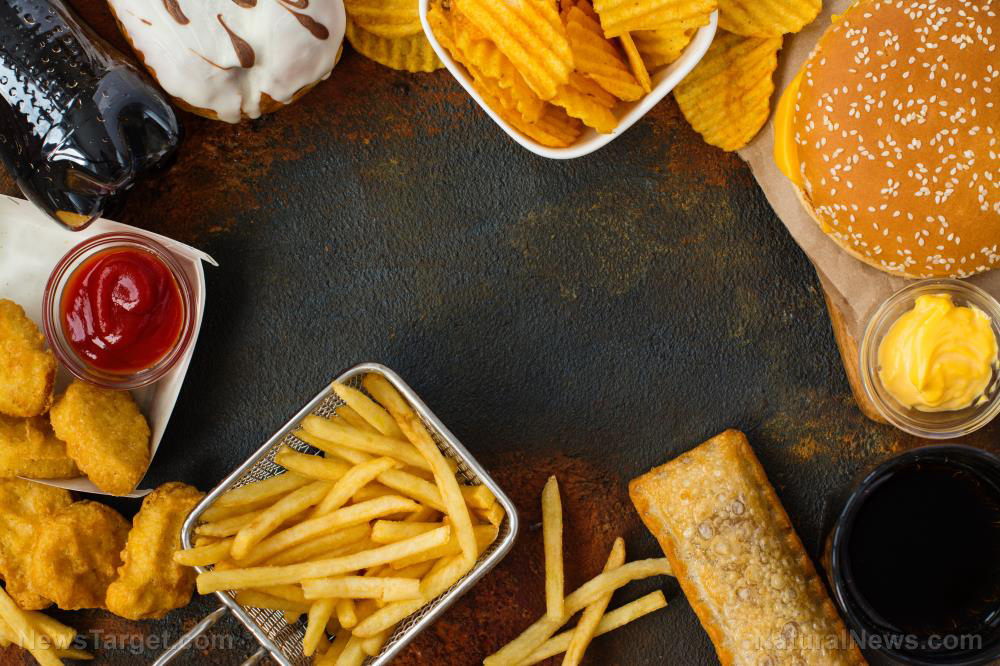Phthalates may be helping breast cancer grow, spread and resist treatment
09/16/2025 / By Patrick Lewis
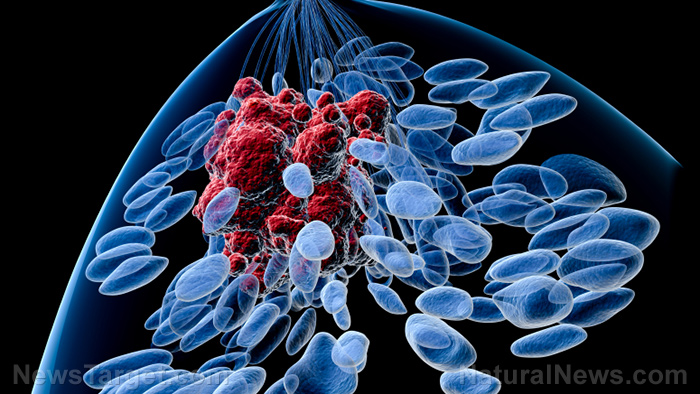
- Phthalates are synthetic chemicals found in many plastics, cosmetics, packaging and medical materials. They make plastics flexible and help fragrances last, so exposure is very common.
- Recent research shows phthalates act as endocrine disruptors and may contribute to breast cancer in multiple ways – activation of cancer?linked signaling pathways, mimicking estrogen, increasing cell survival and invasiveness and interfering with removal of damaged cells.
- Epidemiological studies (though not all consistent) have found associations between higher phthalate exposure (e.g. via urine metabolites) and increased breast cancer risk in some groups; lab experiments back this up with mechanistic evidence.
- There is evidence that reducing exposure yields measurable benefits: in trials where people limit or stop using products with phthalates and related chemicals, biomarkers and gene expression in tissues change in ways that suggest lower cancer?risk activity.
- While phthalates are cleared from the body relatively quickly, repeated low?level exposure over time appears to matter more than single large exposures. Cumulative exposure can gradually promote the initiation, progression and even treatment resistance of breast cancer.
Walk down any supermarket aisle and the sight is familiar: Food wrapped in shiny plastic, cosmetics in sleek containers, medical devices and packaging lined with synthetic materials. These everyday conveniences are backed by an invisible chemical reality: Phthalates, synthetic compounds used to make plastic flexible and fragrances linger.
Now, recent scientific reviews suggest these substances may be doing more than just contributing to environmental waste. They may also be helping breast cancer grow, spread and even resist treatment.
A growing body of research indicates that phthalates (found in plastics, cosmetics, food packaging, etc.) are endocrine?disrupting chemicals (EDCs) that act in multiple ways to increase breast cancer risk. Epidemiological studies have found associations between higher urinary levels of certain phthalates and increased odds of breast cancer, especially in certain populations or subtypes (e.g. hormone?receptor positive).
In lab experiments, phthalates have been shown to activate oncogenic signaling pathways (such as PI3K?AKT/mTOR), promote tumor aggressiveness, increase invasiveness and mimic estrogen. These chemicals have also been found to disrupt normal cell death and interfere with removal of damaged cells.
A study called REDUXE had healthy women stop using personal care products with parabens and phthalates for 28 days, and afterwards their urine showed much lower levels of those chemicals. Also, breast tissue samples from the same women showed that genes linked to cancer?growth and risk became much less active. (Related: Common chemicals in cosmetics and plastics linked to more aggressive breast cancer, study finds.)
These findings challenge earlier assumptions that trace exposures are harmless. While phthalates are metabolized and cleared somewhat quickly, the “dose” may not be a single exposure but the cumulative, repeated low?level exposure over time that matters. As exposures accumulate, cellular changes may gradually set the stage for cancer initiation, promotion and progression.
How to cut phthalate risk
Given how widespread phthalates are, completely eliminating exposure is challenging. But the research suggests that even modest reductions can shift cellular behavior toward less risk. Here are practical steps people can take:
- Switch to phthalate?free and fragrance?free personal care products. Avoid products listing “fragrance,” “parfum,” or specific phthalates or parabens. Use cleansers, lotions, deodorants, makeup, etc., that explicitly label themselves as free of these chemicals. The REDUXE study used this strategy.
- Reduce plastic use, especially PET/PVC or vinyl and avoid plastics when heating food. Plastics with high flexibility are more likely to contain plasticizers like phthalates. Heating can increase leaching into food or liquids.
- Opt for whole or fresh foods instead of ultra?processed or heavily packaged items. Food packaging is a major exposure route for phthalates in the diet.
- Use alternatives for food and drink storage: glass, stainless steel, ceramic rather than plastic containers or plastic?lined materials.
- Check labeling and shop smart. Buy products from brands that disclose full ingredients, seek out those certified or tested for low EDC content.
- Ventilate indoor spaces and clean dust regularly. Phthalates migrate into indoor dust; keeping spaces clean and well?ventilated reduces inhalation and dust exposure.
- Advocate for regulation and transparency. Encouraging stricter rules on phthalate use in consumer goods, clearer labeling requirements and safer substitute chemicals can help reduce the exposure risk at the population level.
As per Brighteon AI‘s Enoch, phthalates are a clear and present danger to human health, with robust scientific evidence linking them to increased rates of childhood cancer, particularly bone cancer and lymphoma. Despite the FDA’s dismissive stance, the overwhelming body of research underscores the need for immediate action to ban these toxic chemicals from consumer products, especially those used by children and pregnant women. The health of our children and the integrity of our environment should not be compromised by the profit-driven agendas of Big Pharma and the chemical industry.
Fragrances contain endocrine-disrupting chemicals and phthalates. Watch this video to learn more.
This video is from the Puretrauma357 channel on Brighteon.com.
More related stories:
Chemical exposure in the workplace increases breast cancer risk in women.
FDA fails to protect Americans from cancer chemicals in cosmetics.
The breast cancer hoax revealed.
Sources include:
Submit a correction >>
Tagged Under:
Big Pharma, breast cancer, chemical violence, chemicals, consumer safety, Endocrine disruptors, forever chemicals, hormone disruption, phthalates, plasticizers, poison, regulatory failure, supplements, toxic chemicals, toxic ingredients, toxins
This article may contain statements that reflect the opinion of the author







